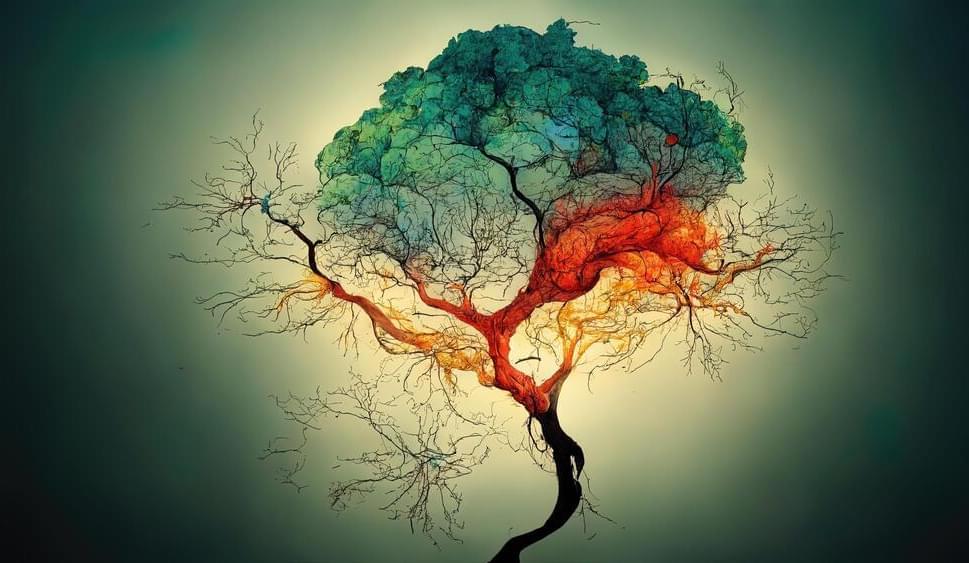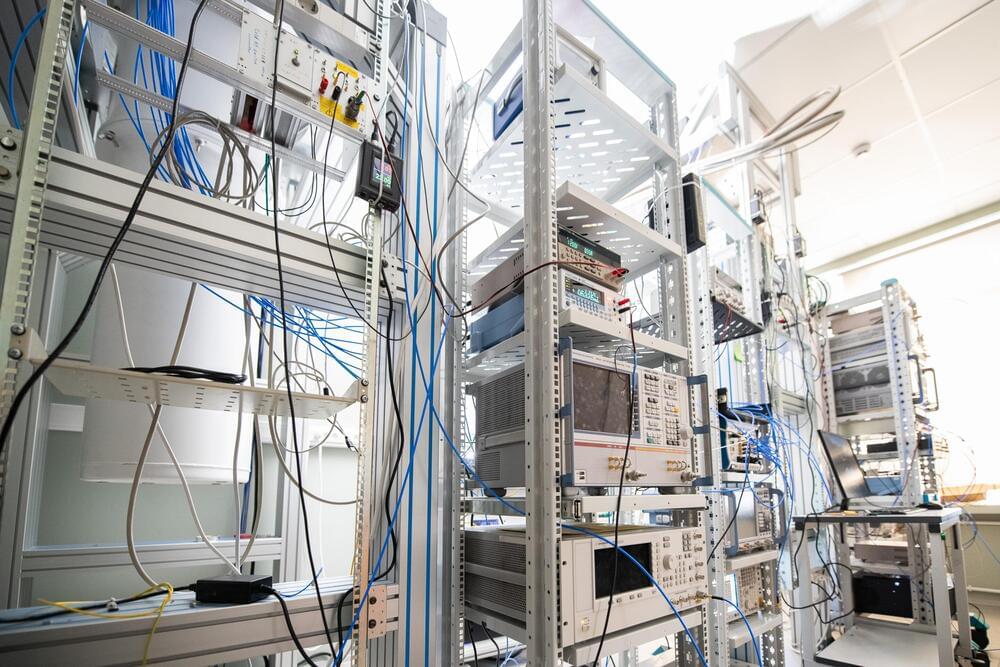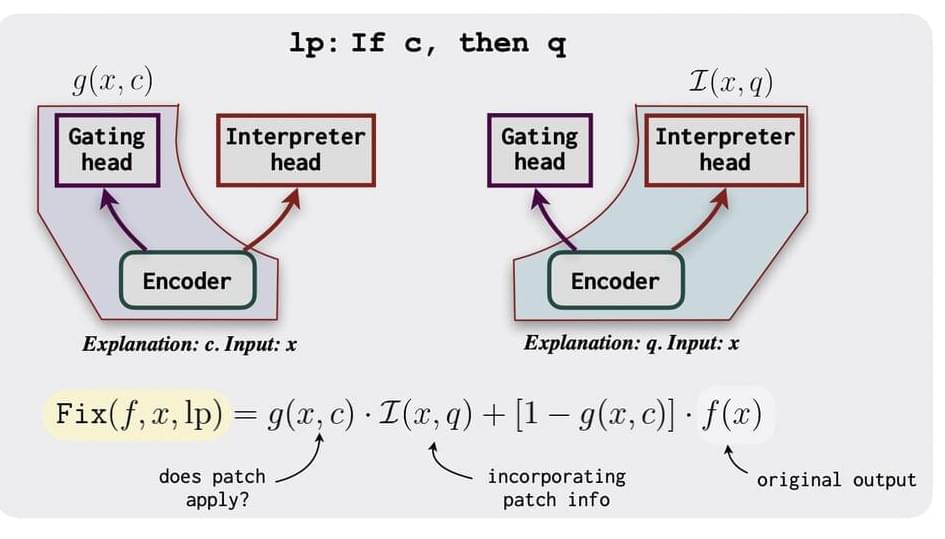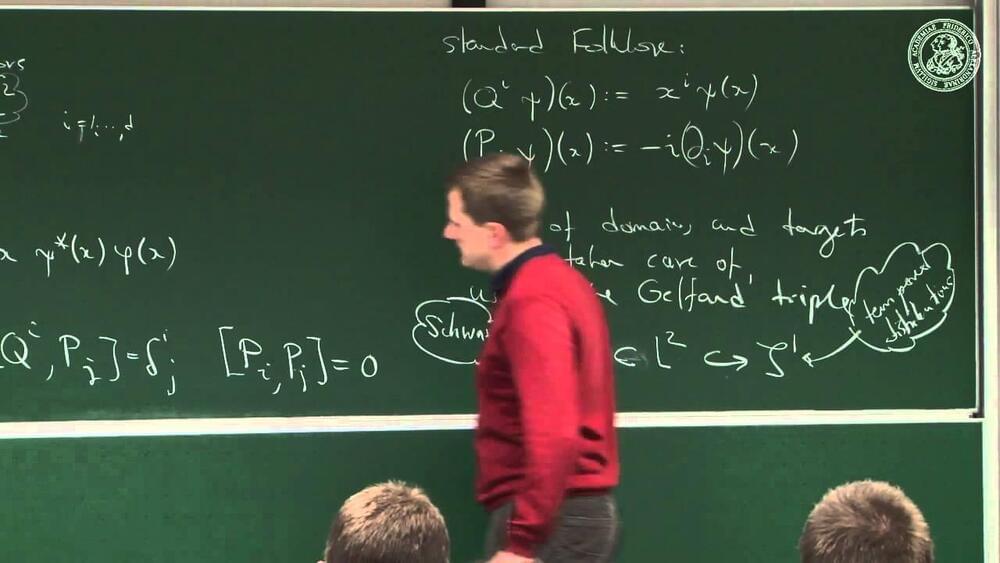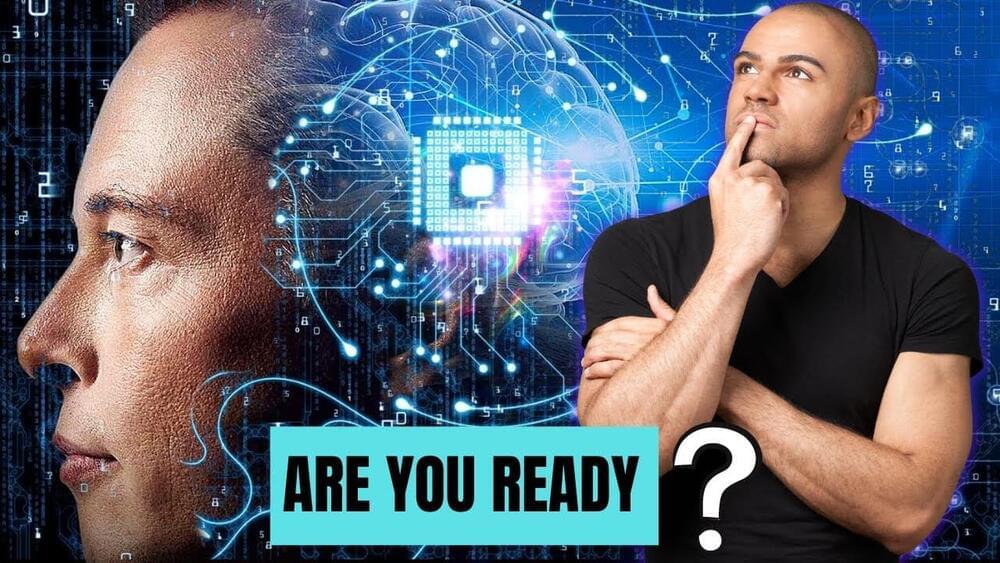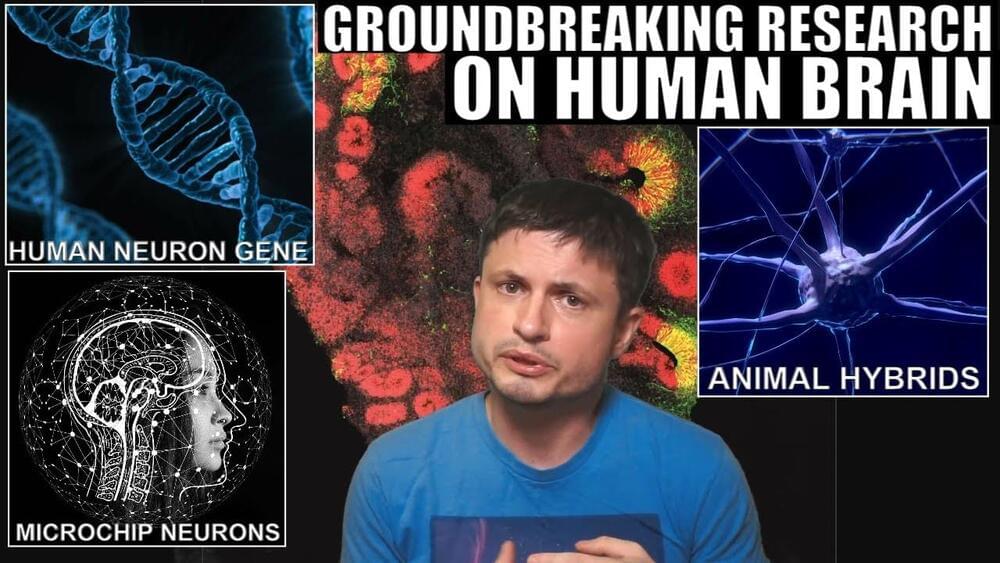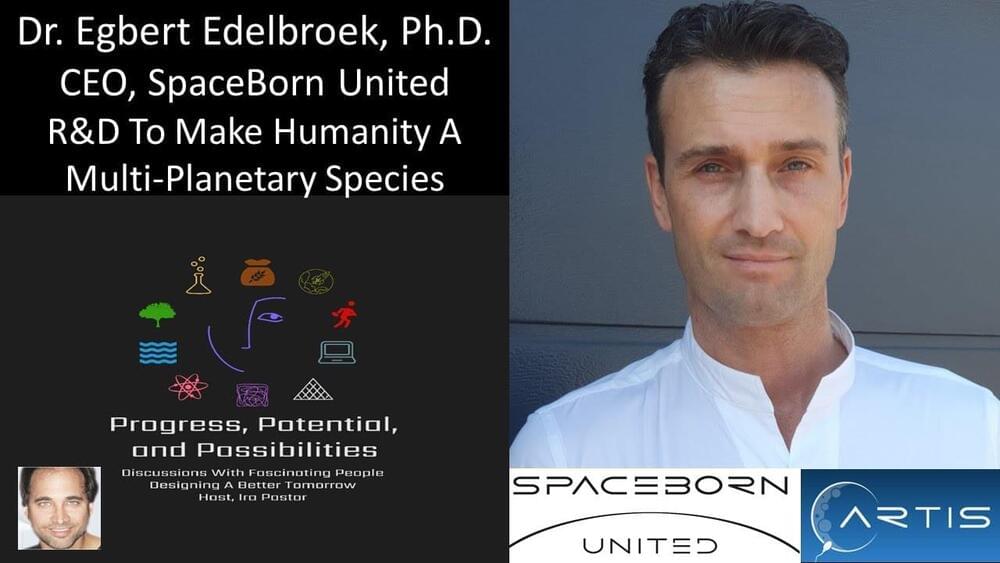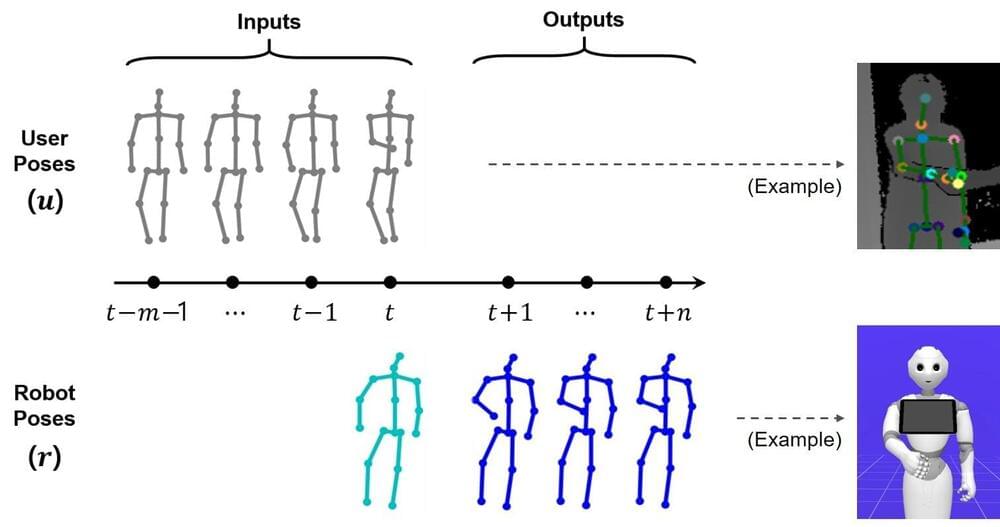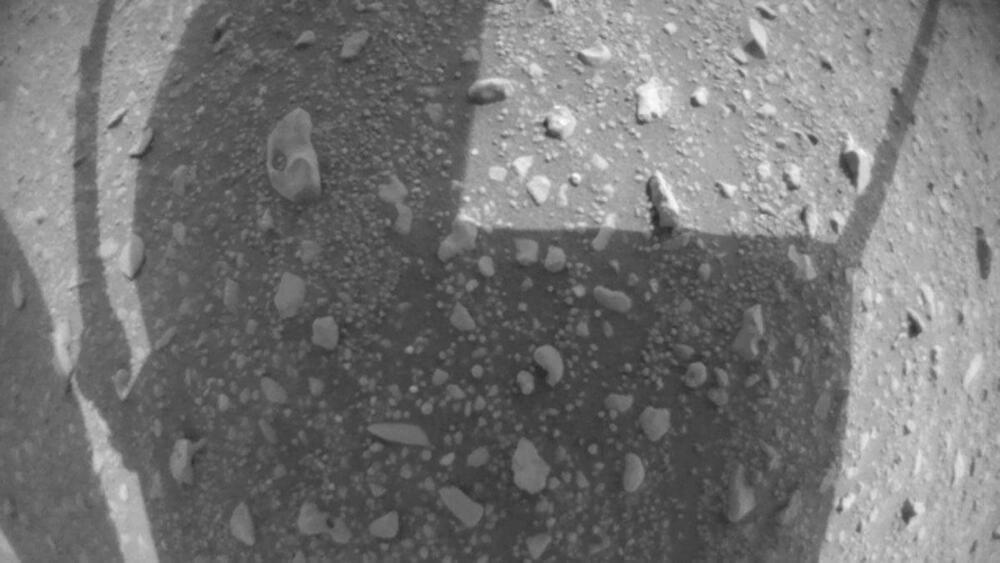Nothing in biology makes sense except in the light of evolution. The gradualism of evolution has explained and dissolved life’s mysteries—life’s seemingly irreducible complexity and the illusion that living things possess some sort of mysterious vitalizing essence. So, too, evolution is likely to be key to demystifying the seemingly inexplicable, ethereal nature of consciousness.
First, what does it even mean to say that “Nothing in biology makes sense except in the light of evolution”? If the chosen topic is human consciousness, Martin Luther King and Mother Teresa come quickly to mind. But then what does the term “evolution” contribute to the discussion of the origin of human consciousness? Is it something useful or something theorists are stuck with, come what may?
Science theories should make predictions. Who predicted either King or Mother Teresa?
